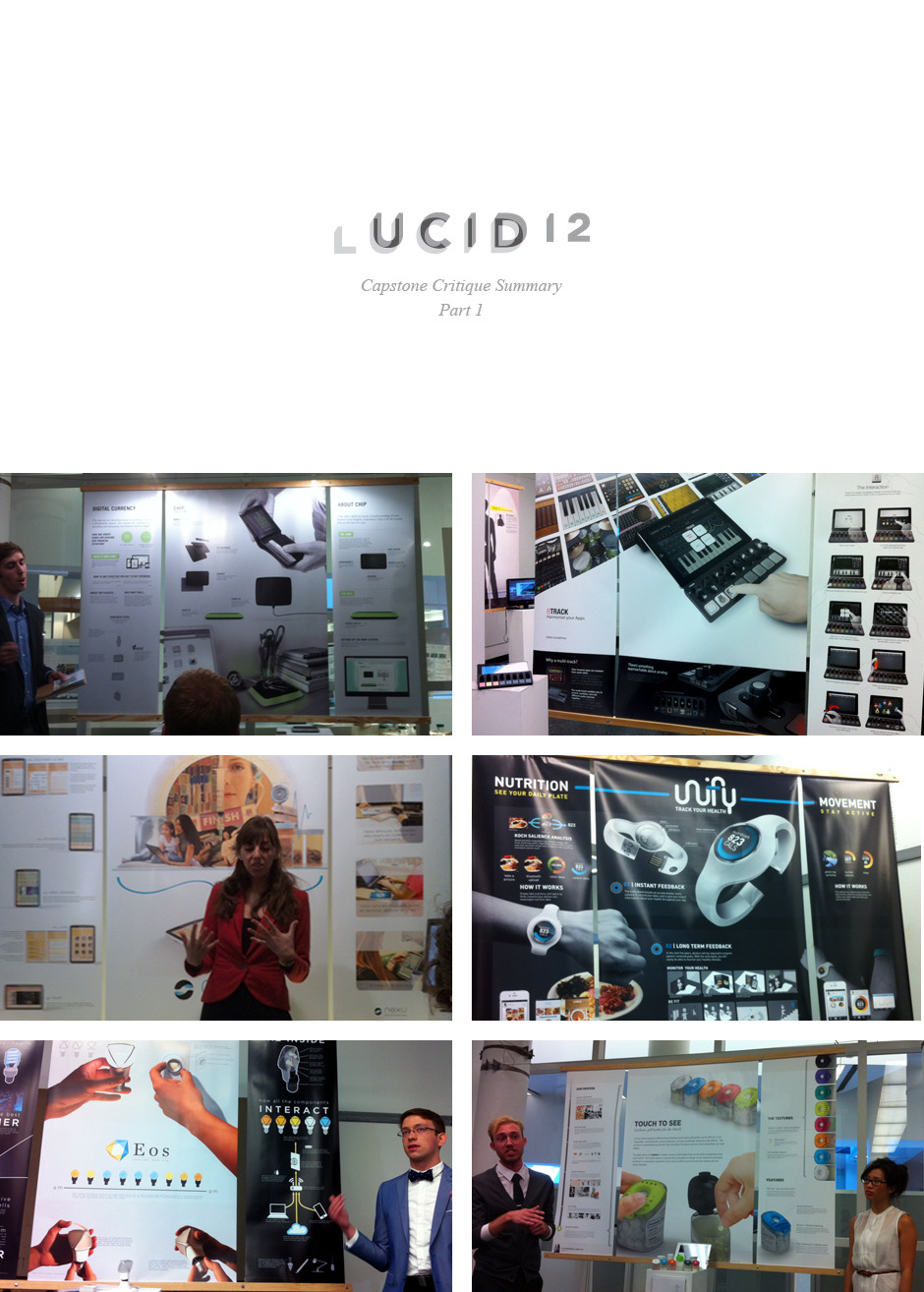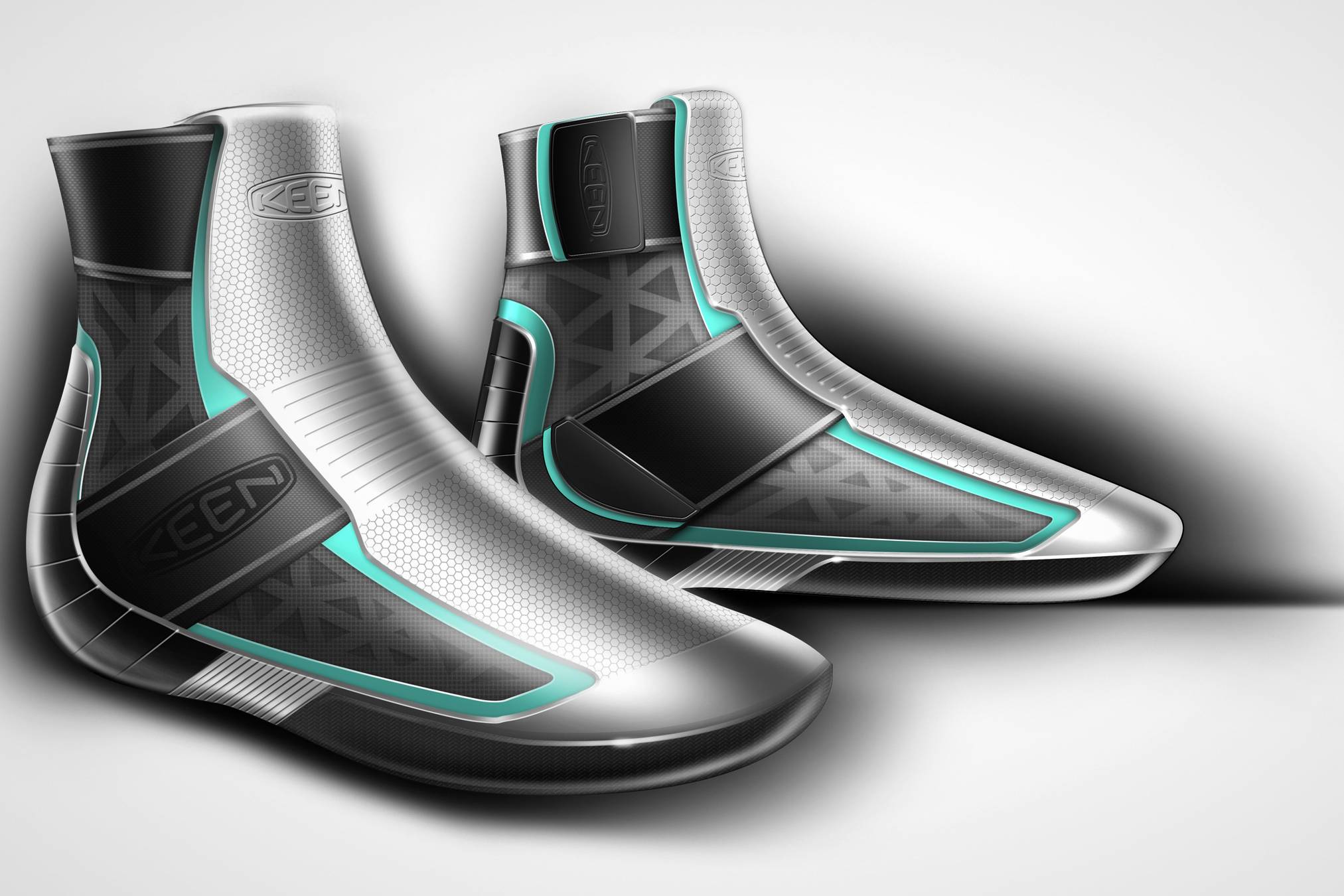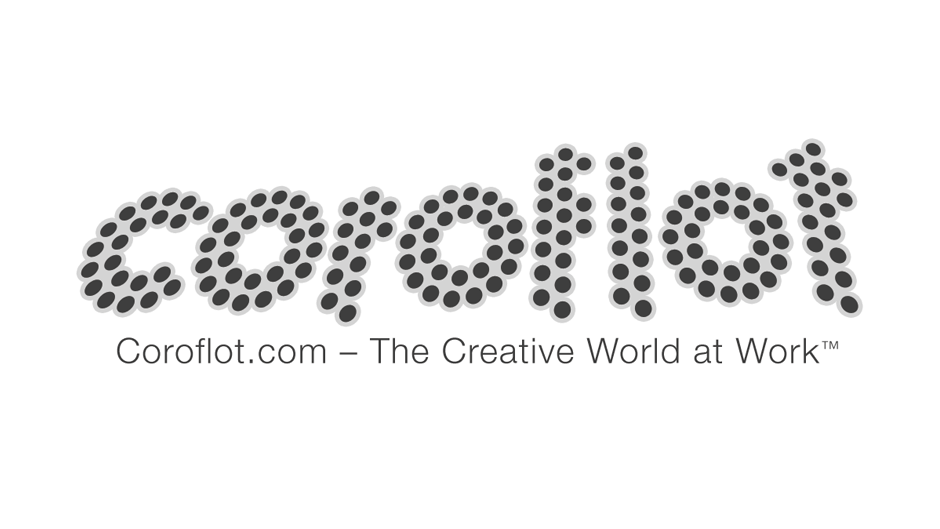
UCID 12 Critique – Part 1
I had the opportunity to go down to the University of Cincinnati to critique graduating Industrial Design students’ capstone projects. First off: the UCID 2012 class represents some of the strongest talent I’ve seen in years. Their project selection, communication, and visuals are relevant in both aesthetics and social/cultural issues. Many thanks to the professors and students at UC for the invitation. I won’t delve into the specifics of the projects (get down to DAAP and see it for yourself!!!), but I believe the work can be summed up in a couple over-arching themes, the first of which is:
The Marriage of Hardware & Software
This marriage is no surprise as the dominance of apps is proven in both utility and profitability. Additionally, we’ve all seen student projects where there are suggestions of an application or software component. This isn’t anything new.
The more interesting takeaway is the depth of the application development accomplished by traditionally trained Industrial Design students.
Around 40% of the projects (during Tuesday’s critique) utilized a software element to complement, or enhance the hardware. The consideration for unique gestural interaction, skeuomorphic interfaces, and the execution of deep application features showed great passion for the products’ entire experience.
In a couple of instances, students had the ability to project the evolution (or complete elimination) of their hardware component, understanding that the user experience remains intact as software only. This raises the other side of the discussion: as students focus’ shifts to the software, how much time is there to really develop killer industrial design solutions? The number of skills that an industrial designer requires has always been high: research (qualitative, quantitative), 2D skills (illustration, perspective drawing, marker and digital rendering), 3D skills (modeling, rendering), manufacturing and processes… on and on and on. You can now add animation (after effects, keyshot animation) to an industrial designer’s bag of tricks, by the way.
Can we add interactive design to our skill set without spreading ourselves too thin?
Deep Interaction Design skills (wireframing, concept modeling, testing, and programming) should be left up to the experts. However, a broad understanding of interaction design is necessary to ensure that Industrial Designers’ are cognizant of the tools available to them to create the most fulfilling product experiences.
So, Industrial Designers crossing over into Interactive Design? Why not? Interactive Designers have been taking our titles for a while now! 🙂
Evidence is available for ID’ers as IxD’ers. Products have been creating experiences longer than iPhones have been around: tables, lamps, golf clubs, a lacrosse head, stereos… Those products are meant to conjure within the user the same reaction as current day apps: functional purpose, entertainment, delight, confidence, inspiration, and other personal, emotional reactions… and I’ll continually look forward to future ID generations expanding our discipline’s boundaries.
Related Posts
May 29, 2012
Ohio State University Demo
April 28, 2012



